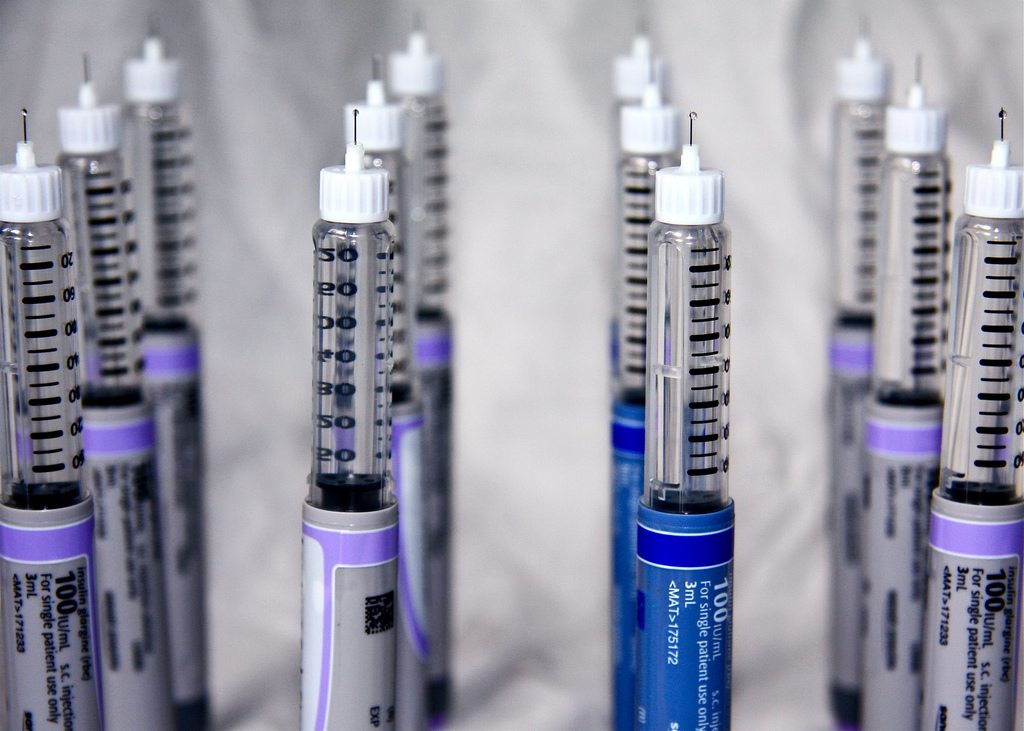Warwick students help create London pre-diabetes risk map
Six Warwick students and academics from the Centre for Doctoral Training in Urban Science have been involved in developing the first London pre-diabetes risk map.
The map was created alongside ten students from the Center for Urban Science and Progress (CUSP) in New York as part of their Spring Break.
Data for the project was obtained as part of a Data Dive, in which different organisations come together to exchange information in a short length of time. In this case, data was obtained over four days from Experian and the Greater London Authority (GLA).
The aim of the students and academics was to investigate and analyse data regarding diabetes, particularly focusing on the risks of developing diabetes.
Professor Sudesh Kumar, from Warwick Medical School informed the students of the risk factors for diabetes as well as developing a methodology and analysing the data, before the GLA were presented back to.
The Data Dive has been considered successful, as it has indicated patterns of diabetes prevalent in London boroughs in conjunction with lifestyle groupings.
Such information can be used to generate new ideas for policy intervention that targets particular social groups in specific geographical areas.
Effective and targeted policy is of particular importance as diabetes has become a chronic problem in the UK. From 1996 to 2009, the number of people diagnosed with diabetes in the UK increased by 1.2 million, from 1.4 million to 2.6 million.
The current figure of people diagnosed with diabetes in the UK stands at 3.2 million.
In 2008 over 145,000 people were diagnosed with diabetes in the UK. This is equivalent to three new diagnosis every ten minutes.
According to diabetes.org.uk, an estimated 630,000 people in the UK unknowingly have the disease.
Diabetes is a disease where the pancreas does not secrete any or enough insulin, resulting in high glucose levels in the blood. It cannot be cured, but in some instances is treated with insulin injections.
Diabetes has two forms, Type I and Type II. Type I indicates that there is no insulin produced by the pancreas, and Type II means that not enough insulin is produced or that the insulin produced does not work.
The incidence of both types of diabetes can be linked to family history of the disease, though Type II is more strongly linked to obesity, a sedentary lifestyle, bad diet and increasing age.

Comments